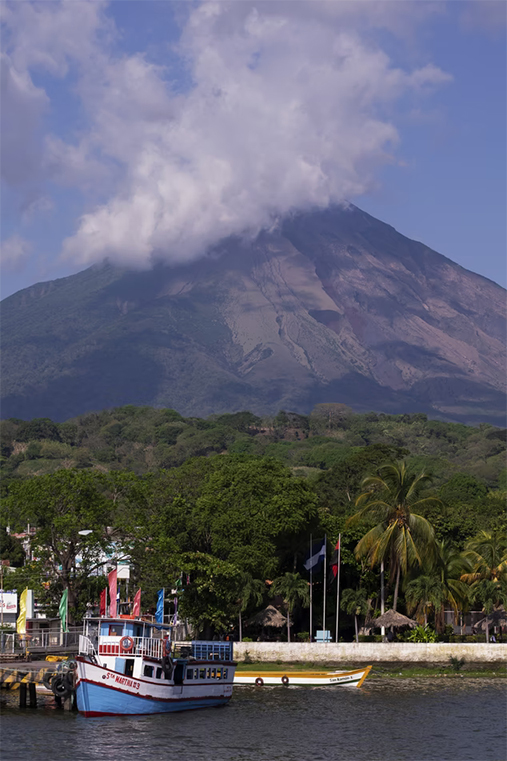Getting to know Nicaragua's coffee

One of the best Central American coffees comes from one of its most beautiful countries.
Nicaragua is the largest country in the Central American Isthmus, located between Honduras and Costa Rica, but also in the Caribbean and the Pacific Ocean. It is a true mosaic of populations, as its six million inhabitants have indigenous, European, Asian and African roots. Independent from 1821, Nicaragua went through an extremely turbulent period with economic crises, dictatorships and civil strife until the 1990s.
In the world of coffee, Nicaragua is a steady and significant force, and finally, a country that is highly regarded by those who chase gourmet single-variety coffees. Let's get to know her better!
 A brief history of coffee in Nicaragua
A brief history of coffee in Nicaragua
Coffee has been available in Nicaragua since the early 19th century, along with its introduction to the rest of Central America, and by the 1850s its cultivation had spread on a very large scale. The climate of the country proves to be ideal, while the fertile volcanic soils give crops of exceptional quality. The Matagalpa and Jinotega areas hold the scepter of production, but other areas across the country are slowly filling plantations, raising production.
Nicaraguan governments have long supported farming, either through public works (the country's national railway was created to more effectively promote crops to Pacific ports) or through farmers' empowerment measures: for years, the state subsidized every 5 cents, on plantations that had more than 5,000 trees. For years, almost all of Nicaragua's coffee production was channeled directly to Europe, as prices on the old continent were clearly more advantageous to producers, as were transportation costs.
At the end of the 20th century, the country's coffee plantations covered 2,100 square kilometers, a number that has now slightly decreased, but remains high. Today, Nicaragua is consistently among the 15 largest coffee producing countries in the world, with coffee being the main pillar of its economy, but also considered a quality product, sought after and loved around the world.
What does Nicaragua coffee taste like?
Coffee production in Nicaragua is almost exclusively Arabica, as is the case in several other Central American countries. The volcanic soils, the frequent rains and the microclimate of each region create unique beans, which are proving to be sought after in the international coffee market.
The main flavor profile of Nicaraguan coffees is characterized by notes of chocolate, caramel and citrus fruits, while aromas of nuts or vanilla are also common. The acidity is usually balanced, without the intensely fruity character of the coffees of other Central American countries.
Coffee from Nicaragua is quite preferred by blenders, because it blends well with many other coffees, as it goes well with many coffees in South and Central America, but can also be combined with unruly coffees from Africa or awkward Asian Robusta, with excellent results. At the same time, in recent years, single-variety options have emerged from Nicaragua, which are gaining more and more audiences, thanks to their quality.
BONUS: Μια γευστική πρόταση με άρωμα Νικαράγουας από την New York
New York Monorigini Nicaragua 250g: Single origin, 100% Arabica liquid processed coffee from Nicaragua. The citrus notes are undoubtedly dominated by the mouth, accompanied by subtle chocolate hints, while the acidity is playful and uplifting.
Central American coffee continues to fascinate espresso connoisseurs and lovers alike - and Nicaragua simply confirms the rule.








